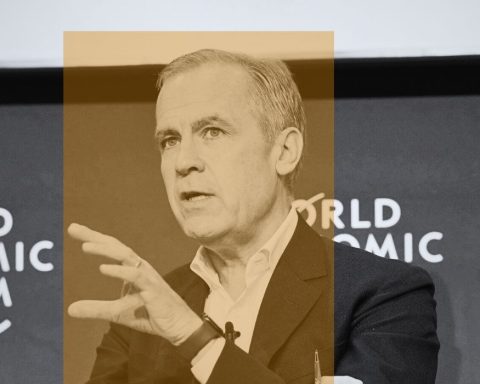For many, the clean energy transition has seemed a bit like a desert mirage. If you squint you can see it, but it never seems to get any closer.
But suddenly, the future has arrived. A recent report from climate statisticians at BloombergNEF (BNEF) says global investment in the low-carbon energy transition totalled a record $1.11 trillion (all figures in U.S. dollars) in 2022 – up 31% in a year. Better still: for the first time, global investment in green energy technologies – such as renewable energy, electrified transport and energy storage – has reached parity with the total capital deployed to produce new fossil fuels.
The strong growth in green came as a surprise, given last year’s energy squeeze in Europe and iffy financial markets. In a press release, report author Albert Cheung raved about the results, saying, “Our findings put to bed any debate about how the energy crisis will impact clean energy deployment. Investment in clean energy technologies is on the brink of overtaking fossil fuel investments, and won’t look back.”
The report covers renewables, energy storage, electric vehicles and electrified heating (i.e., heat pumps), as well as hydrogen fuel, nuclear power, sustainable materials and carbon-capture technologies. It also includes venture capital, private equity and public markets’ investments in climate-tech companies and power grids. Overall, however, the authors say $1 trillion isn’t nearly enough: “Transition investment needs to average more than three times this level, for the rest of this decade, to get on track for BNEF’s Net Zero Scenario.”
The International Energy Agency (IEA) has said global investment in clean energy needs to grow to around $4 trillion a year by 2030 to reach net-zero by 2050. With 2022’s tipping-point performance, that number starts to look achievable.
“This new growth story is beginning,” Nicholas Stern and Mattia Romani write in a recent report by the London School of Economics. Over the next five years, they say, more than half the tipping points for green tech will have been met. “The process of structural and systemic change will be multi-decadal. But this decade is decisive to limit the risk of greater climate instability.”
Despite the record global investment in clean energy, a new IEA report found global emissions rose to record highs in 2022. Emissions from oil surged, as air travel picked up from pandemic lows, but a strong expansion of renewable energy restrained an expected rebound in coal power emissions.
Where the money went
Renewable energy is the largest sector identified in the BNEF study, at $495 billion (up 17% year over year). But electrified transportation, driven by a 55% surge in global electric vehicle sales, finished a close second at $466 billion. Beyond passenger EVs (which attracted $380 billion) other related sectors also did well last year: public charging infrastructure raised $24 billion, while electric two- and three-wheel vehicles drew $23 billion, electric buses got $15 billion and commercial electric vehicles received $8 billion.
Most energy supply sectors saw record levels of investment, with heat pumps drawing $64 billion in funding, sustainable materials $30 billion and energy storage $15.7 billion. Carbon capture and storage technologies and hydrogen remain the smallest supply-side sectors, but they’re also the fastest growing. By contrast, the report says investment in nuclear power has been flat for several years – befitting its controversial role in the energy transition.
The most eye-popping number in the report: China attracted $546 billion in energy transition investment, or nearly half the global total. That’s well more than the U.S. (at $141 billion) and the EU ($180 billion) combined.
Clearly, some countries haven’t been pulling their weight. To keep the capital flowing, BNEF calls for increased cooperation between the public and private sectors. Cheung says the U.S. Inflation Reduction Act, deregulation in the EU, and Canada’s new tax credits for clean energy technologies are all steps in the right direction: “Energy transition investment has doubled since pre-pandemic times, and there’s no reason it can’t double again in the next few years – and again, and again!”







